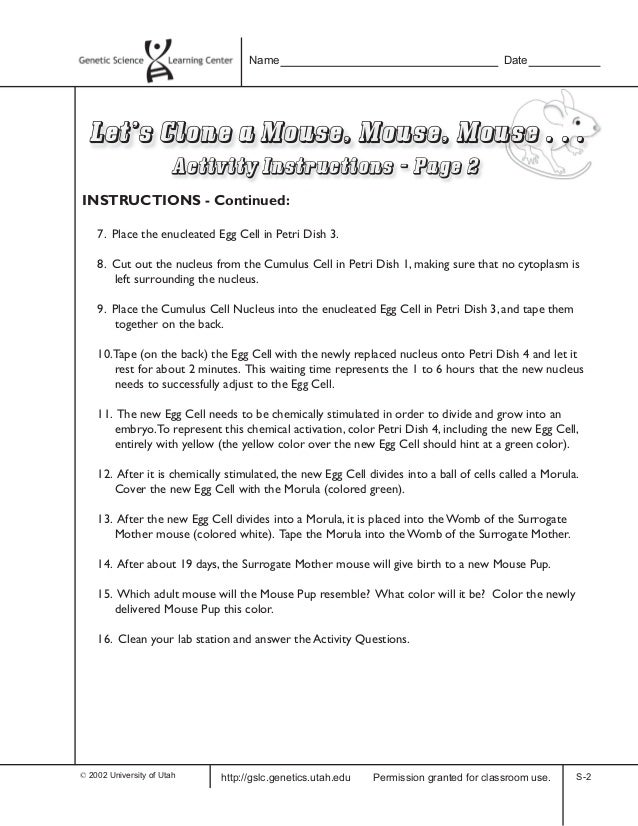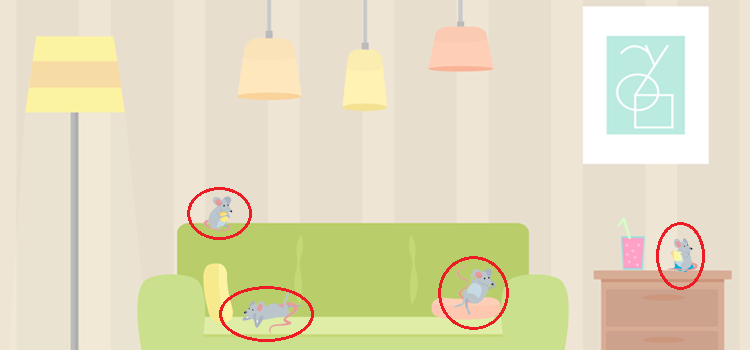

Suggest a reason for traits that don’t help an animal survive.

Sometimes animals have traits that don’t seem to make sense, like the long tail feathers of a peacock. How do predator species in the desert survive? What adaptations do they have to make them good hunters?ĥ. Predators must be able to obtain food and overcome the defenses of prey. What are other types of defenses that prey species might use?Ĥ. Animals develop many types of defenses to avoid being eaten. What happens to organisms that have adaptations that no longer work for their environment?ģ.
ROCKET POCKET MOUSE ANSWER KEY SKIN
Based on this hypothesis, where do you think more darker skinned people lived? Suggest a reason why light skin may be an advantage for people living in other regions.Ģ. One hypothesis is that dark skin protected humans from intense UV radiation (sunlight). Human skin color also comes in different shades. Consider the dark and light colored rock pocket mice. How did you revise your sequence from your initial idea? Explain how you decided on the sequence.ġ. Once you are satisfied with the order, complete the table.Ĩ.

You may change your order from your original idea. Now that you have watched the video, go back to your set of cards and arrange them in the order you think they happened, starting with the oldest. Genetics revealed what surprising fact about mice in different locations?ħ. Dark pocket mice are found in locations that have dark substrate. White bellies are an important part of camouflage.Ħ.There is a reproductive advantage to having a dark belly.White bellies protect them from insects found in the desert.There is no selection for dark bellies by visual predators.Why do dark-colored rock pocket mice on dark lava flows have white bellies? Predators eat light-colored rock pocket mice.Ĥ.They have a genetic mutation that affects their fur color.There is dark lava rock in the area where they live.Individuals change color to blend in with the environment.Why did dark-colored rock pocket mice first appear in a population of light-colored rock pocket mice? Predators of the pocket mice hunt using what sense?ģ. How caused the unusual landscape at the Valley of Fire?Ģ. Watch the video at /rockpock and answer the questions.ġ. What are the two types of substrate that these mice live on? _.Arrange the cards in what you think is the correct order from the oldest to the most recent.Location B: Number of mice with light-colored fur _ Dark-colored fur _ Location A: Number of mice with light-colored fur _ Dark-colored fur _ View the images of the rock pocket mouse populations in each location and record the numbers for each color.Throughout the activity, students learn concepts such as fitness, natural selection, mutation, and phenotype.\) Students then watch the HHMI Video on pocket mice and answer discussion questions. Students also graph the color differences at each location to show how the dark variation increased over time in response to an environmental change. (Cards can be printed and laminated for multiple uses.) Students collect data on the number of mice phenotypes in each location and develop a hypothesis about the order of the cards.

Students look at cards showing light and dark mice on different substrates. It has been simplified from the original activity so that it is suitable for beginner biology students. This worksheet was modified from the HHMI Activity on color variation in the rock pocket mouse.


 0 kommentar(er)
0 kommentar(er)
